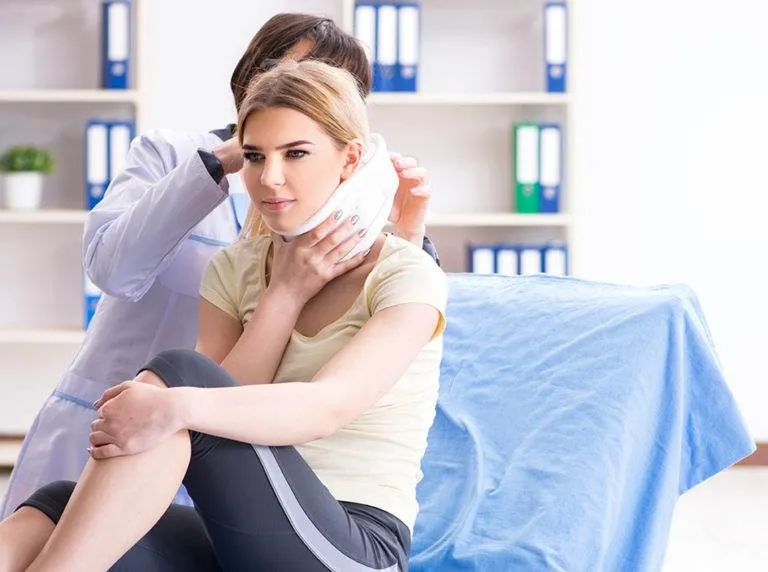How Does Spinal Decompression Work
Introduction:
Living with persistent back pain and related symptoms can be challenging, disrupting daily life and prompting a search for effective relief. For those exploring options, spinal decompression therapy, both nonsurgical and surgical, presents potential solutions. This article provides insights into nonsurgical spinal decompression, its procedure, potential candidates, risks, and a brief overview of surgical spinal decompression.
Nonsurgical Spinal Decompression:
Nonsurgical spinal decompression involves motorized traction to alleviate back pain by gently stretching the spine. This process aims to create negative pressure in spinal discs, relieving pressure on nerves and facilitating the healing of bulging or herniated disks. While research is ongoing to establish its safety and effectiveness, nonsurgical spinal decompression is considered for conditions such as back or neck pain, sciatica, herniated disks, degenerative disk disease, and more.
Procedure:
During nonsurgical spinal decompression, patients remain fully clothed on a computer-controlled table. A harness is fitted around the pelvis and trunk, and the table is manipulated to provide tailored traction. Sessions last 30 minutes, with treatments over five to seven weeks. Additional treatments like electrical stimulation, ultrasound, and heat or cold therapy may complement the decompression therapy.
Candidates and Considerations:
Before considering nonsurgical spinal decompression, it is crucial to contact us to see if your suitable for spinal decompression, especially if pregnant or with conditions like fractures, tumors, abdominal aortic aneurysm, advanced osteoporosis, or metal implants in the spine.
Comparisons and Research:
Emerging research suggests that nonsurgical spinal decompression therapy holds promise as an effective treatment for individuals experiencing chronic back pain. This non-invasive approach aims to alleviate discomfort associated with various spinal conditions, providing a potential alternative to more invasive interventions. Recent studies indicate encouraging results, shedding light on the positive impact of nonsurgical spinal decompression.
Source:
A study conducted by Fareeha Amjad1, Mohammad A. Mohseni‑Bandpei1,2, Syed Amir Gilani3
, Ashfaq Ahmad4 and Asif Hanifand, published in BMC Musculoskeletal Disorders in 2022 examined the efficacy of nonsurgical spinal decompression in participants with chronic back pain. The research aimed to compare the outcomes of nonsurgical spinal decompression with traditional treatments and evaluate its effectiveness in promoting pain relief and improving overall functionality.
Research Findings:
The study found that 70% of participants who underwent nonsurgical spinal decompression reported a significant reduction in back pain compared to those receiving traditional treatments such as physical therapy, NSAIDs, and exercise. Moreover, the participants undergoing nonsurgical spinal decompression demonstrated improved mobility, reduced reliance on pain medications, and enhanced overall quality of life.
Positive Outcomes:
The positive outcomes observed in this study suggest that nonsurgical spinal decompression effectively addresses various back pain conditions, including herniated disks, degenerative disk disease, and sciatica. The therapy’s ability to create negative pressure within spinal discs appeared to contribute to the retraction of bulging disks, relieving pressure on nerves and facilitating the healing process.
Conclusion:
This research provides valuable insights into the effectiveness of nonsurgical spinal decompression as a non-invasive and potentially superior treatment option for chronic back pain. While further studies are needed to confirm these findings and establish its long-term efficacy, the positive outcomes reported in this research highlight the promising potential of nonsurgical spinal decompression in improving the lives of individuals struggling with persistent back pain.
Conclusion:
Spinal decompression therapy, offers potential relief for those grappling with persistent back pain.


